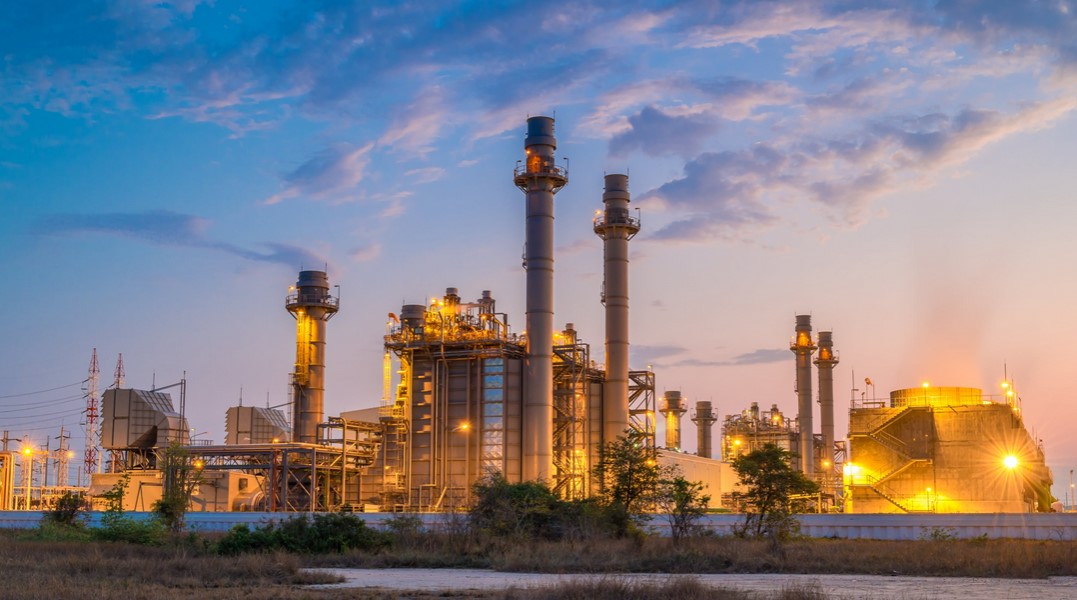There are many buildings in the world that have to be able to cope with the threat of an earthquake. The technology used has vastly improved over the decades and has led to a point where some buildings in high danger areas are as close to earthquake-proof as possible.
What is able to keep these buildings upright though? Well, it is a mix of highly creative thinking but also perfecting building methods that have been used for thousands of years. Let’s look at some of the key ways to stay safe in an earthquake.

Solid Foundations
A strong building is going to need a properly constructed foundation. For most earthquake-resistant buildings, this can be done in one of two ways. The first being deep piles and foundations that are driven into the ground to give it the most solid base possible.
There is also base isolation, in which the building is essentially sitting on top of the foundations. Then a series of bearings will actually enable the building to float on top of the foundations, allowing them to move underneath during an earthquake as the building remains stable.
The Best Materials
A lot of buildings fall down simply as a result of materials and construction that aren’t strong enough to withstand the forces of a tremor. This is why it’s so important to prioritize material quality and the integrity of a building’s design and construction.
Using higher quality fasteners, which can be found through Superior Washer & Gasket Corp., will ensure that components, like metric washers and flat washers, will keep everything safe when an earthquake tremor rattles all parts of a building.
Shock Absorption
Another way that buildings cope with earthquakes is through shock absorption. This helps to dissipate the energy of the shock through the building to the shock absorbers so that they are able to take some of the pressure.
You generally see a solution like this in very large buildings that need to cope with very large degrees of movement throughout. Just like in a car, this helps to dampen any shocks to make their effects less severe.
The Swinging Pendulum
Another genius way that large buildings cope with earthquakes is through a pendulum. Earthquake pendulums come in the form of an incredibly heavy ball hanging free in the building. They are often seen in modern skyscrapers located in high earthquake risk areas.
The way the pendulum works is by pulling the building back towards its center of gravity, meaning that as the building starts to move one way, the pendulum will move in the other. This all happens as the occupants are blissfully unaware of the vast amount of weight that is sitting above their heads.
Still Work To Be Done The amount of technology that goes into modern buildings is incredible. We see in many places what devastation can happen when there are buildings with low-quality construction and building materials. Hopefully more buildings in the future will be made to a much higher quality.










